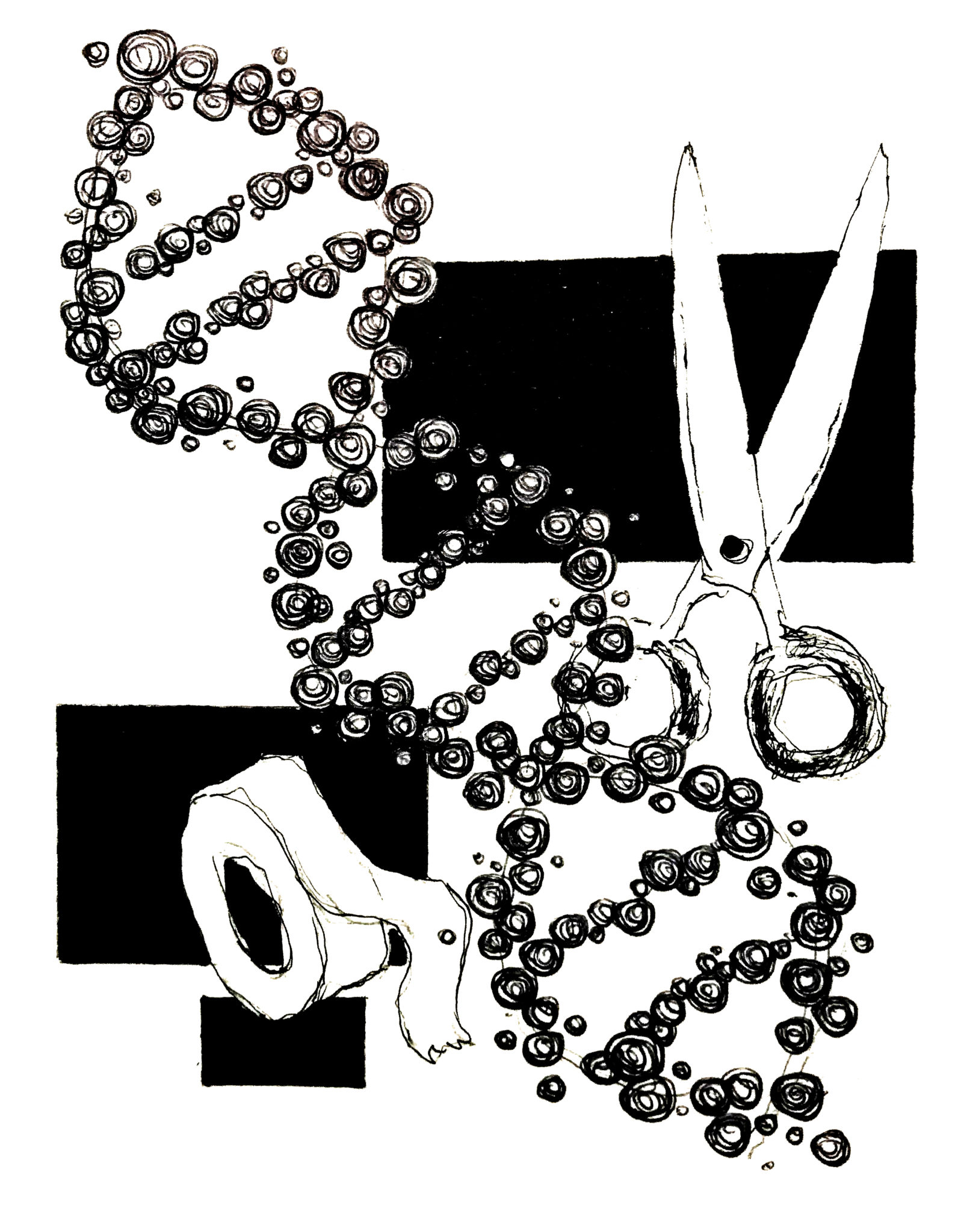
A group of Yale researchers has developed a new DNA-editing technology that bypasses complications in technologies that are currently available.
The technology — called eMAGE — has the capacity to introduce modifications into the genomes of eukaryotic organisms, potentially expanding the power of genomic editing into new fields. The study was published in the journal Cell on Nov. 15.
“The most important finding from this study was discovering a new mechanism that introduces precise modifications across many locations in the genome of a eukaryote,” said senior author and molecular, cellular and developmental biology professor Farren Isaacs. “Importantly, our eukaryotic genome-engineering technology addressed a major challenge in the field by avoiding the creation of DNA double-strand breaks, which can be mutagenic or lethal.”
Before the study, available genome-editing technologies produced a double-stranded break in the organism’s DNA at specific locations. Once the DNA was broken, new molecules were introduced to “edit” the DNA and add new sequences to it. However, according to the study, double-stranded breaks can kill cells or lead to unwanted insertions or deletions — and thus prove relatively inefficient at producing single-nucleotide changes.
“[Our technology] is in contrast to technologies such as CRISPR-Cas9 that rely on breaking the DNA, which can often leave additional unwanted scar mutations in the DNA and limits the number of genes that can be edited at once since DNA breaks are toxic,” said lead author Edward Barbieri, a postdoctoral fellow at the University of Pennsylvania who completed his doctorate at Yale.
According to Isaacs, the problems with current technology and the goal of “transitioning genomics from a field that simply reads genomes to one that now is capable of writing genomes” drove the researchers to develop eMAGE.
Their technology is a new adaptation of MAGE, a technology that has the ability to generate genomic alterations at the same time in up to 50 different locations, according to the Wyss Institute. The Yale study reported that initial applications of MAGE technology yielded higher efficiencies for multisite genome modifications — specific DNA nucleotide alterations at multiple different locations. Isaacs, who co-developed the MAGE technology during his work as a postdoctoral fellow at Harvard, added that the original technology was established in bacteria and has been applied to induce these multisite modifications.
Bacteria are a common example of prokaryotes, or organisms lacking specialized organelles. The study expanded on the initial MAGE technology by using eukaryotes, which employ specialized organelles such as mitochondria to carry out more specific functions. Eukaryotes represent an important class of organisms, as all plant and animal life is made up of eukaryotic cells.
The researchers used yeast — a single-cell eukaryote — as a model organism, concluding that eMAGE technology could significantly increase the efficiency of single nucleotide substitution without causing a double-stranded DNA break.
According to the researchers, eMAGE technology represents an important breakthrough in the field of biotechnology.
“The ability to introduce precise and combinatorial edits across many genetic targets uniquely enables large-scale reprogramming of cells, which is essential for many applications in synthetic biology and biotechnology,” Isaacs said.
Isaacs said the unique precision of the technology can be applied to help identify “driver mutations” that cause abnormal cell behavior. Additionally, in order for scientists to model human diseases such as cancer, mutations must be made precisely and efficiently in model organisms. Yeast can be used as a living test-tube to engineer sets of mutations that may actually drive disease, Barbieri added, which could advance personalized medicine.
Isaacs said his lab plans to further develop the technology and expand from single-cell eukaryotes to multicellular ones.
According to the Broad Institute, Francis Mojica first characterized the CRISPR locus in 1993. The technology was adapted to eukaryotic genome editing in 2013 by Feng Zeng at the Massachusetts Institute of Technology.
Vikram Shaw | vikram.shaw@yale.edu







